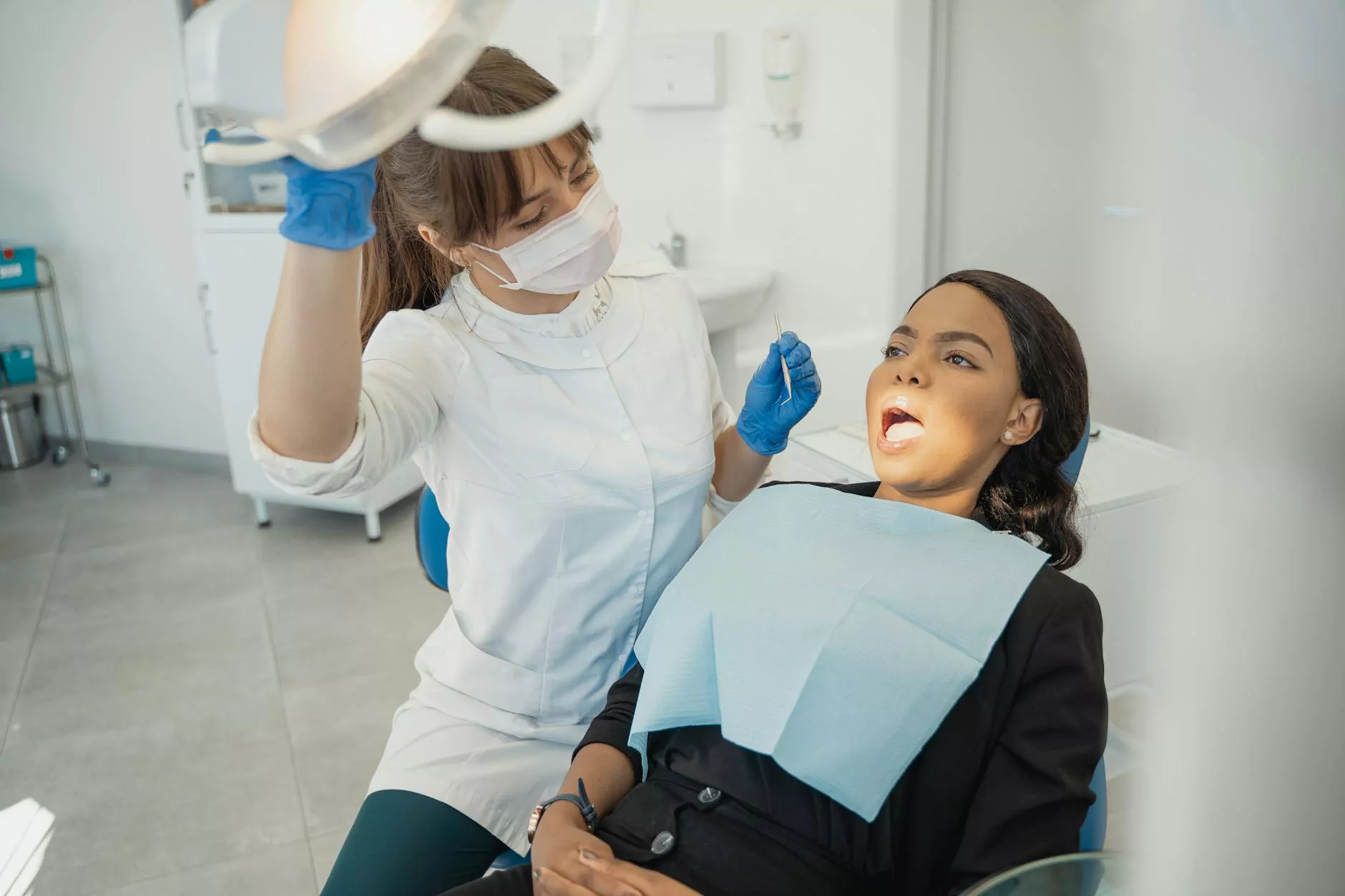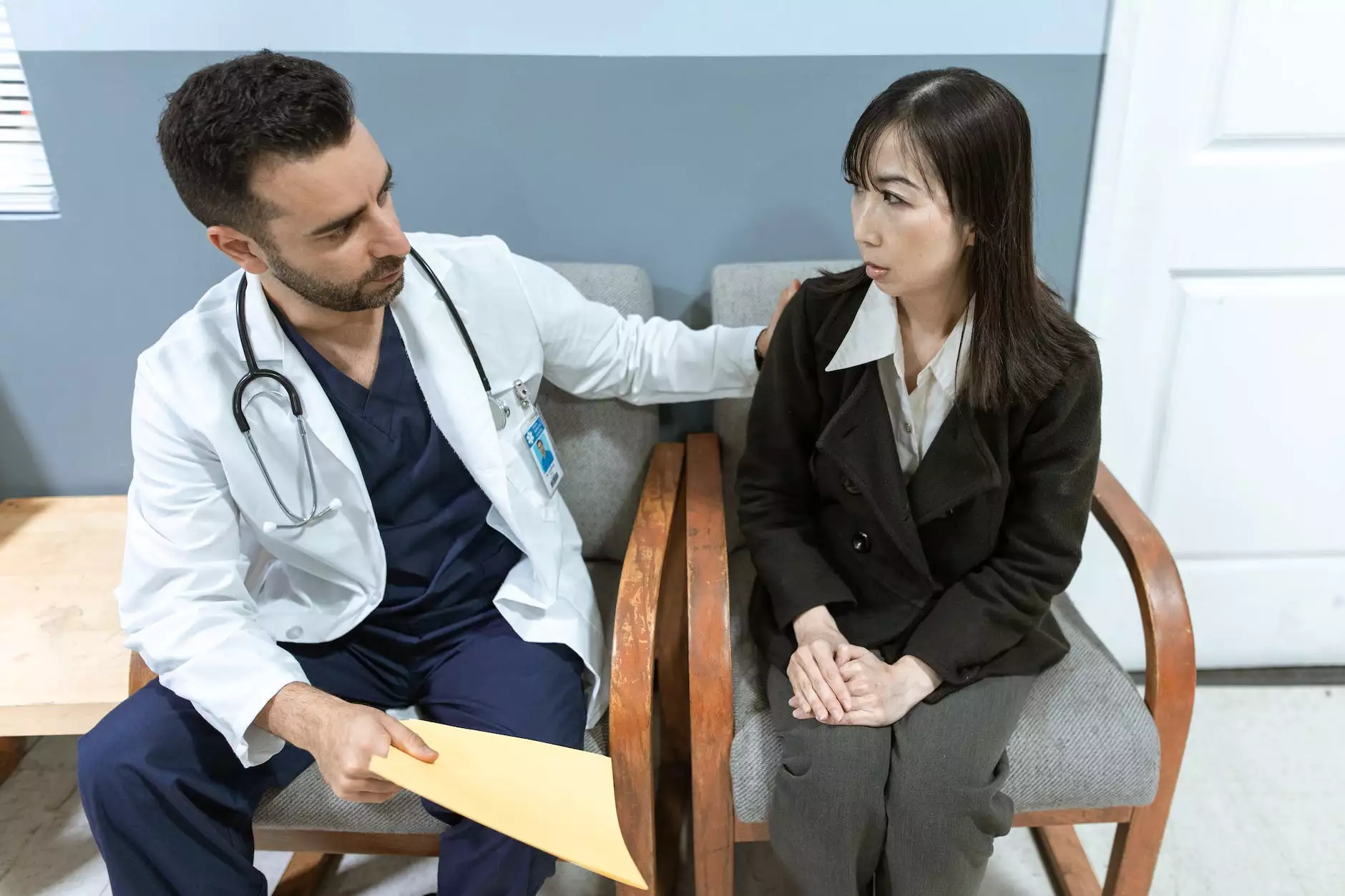COVID-19 Pandemic Initial Impact on Outpatient Intravenous Therapy

Introduction
Welcome to CHI St. Luke’s Health - Performance Medicine, where we strive to provide outstanding healthcare services in the midst of the COVID-19 pandemic. In this article, we will explore the initial impact of the pandemic on outpatient intravenous (IV) therapy, the challenges faced, and the adaptations made to ensure the safety and well-being of our patients and staff.
The Importance of Outpatient Intravenous Therapy
Outpatient intravenous (IV) therapy plays a crucial role in managing various medical conditions. It enables the delivery of essential medications, fluids, and nutrients directly into the bloodstream, ensuring efficient absorption and maximum effectiveness.
Patients receiving outpatient IV therapy include those undergoing chemotherapy, receiving antibiotic treatment, managing chronic illnesses, and requiring hydration support. These individuals often require regular visits to healthcare facilities to receive their treatments.
The Unprecedented Challenges
With the onset of the COVID-19 pandemic, healthcare institutions faced unprecedented challenges due to the need for heightened infection control measures and the imperative to minimize the risk of viral transmission. Outpatient IV therapy services were particularly impacted by these challenges.
One of the primary reasons for the challenges in outpatient IV therapy was the need to balance the provision of vital treatments while ensuring the safety of patients, healthcare providers, and the wider community. The highly contagious nature of the coronavirus made it necessary to implement stringent protocols to reduce the risk of transmission.
Adaptations and Safety Protocols
At CHI St. Luke’s Health - Performance Medicine, we swiftly implemented a range of adaptations and safety protocols to address the challenges posed by the COVID-19 pandemic. These measures were put in place to safeguard both patients and staff, ensuring the continuation of essential outpatient IV therapy services.
1. Telehealth Consultations and Screening
To minimize unnecessary exposure, we implemented telehealth consultations to assess patient needs and determine if in-person IV therapy was required. This allowed us to conduct preliminary screenings and provide guidance without the need for patients to physically visit our facility, unless absolutely necessary.
2. Enhanced Cleaning and Sanitization
We implemented strict cleaning and sanitization procedures to create a safe environment for all patients and staff members. Frequent disinfection of high-touch surfaces, waiting areas, and treatment rooms became a standard practice. By maintaining a spotless facility, we aimed to minimize the risk of viral transmission within our premises.
3. Personal Protective Equipment (PPE)
All healthcare providers and staff members were equipped with appropriate personal protective equipment, including masks, gloves, gowns, and face shields. This ensured the protection of both patients and medical professionals, reducing the risk of viral spread during outpatient IV therapy sessions.
4. Physical Distancing Measures
We implemented measures to ensure physical distancing within our facility, including the arrangement of waiting areas and treatment spaces to adhere to social distancing guidelines. By reducing close contact between individuals, we aimed to minimize the risk of viral transmission.
5. Regular Testing and Screening
All staff members underwent regular testing and screening for COVID-19 to ensure early detection and prevent potential outbreaks. By closely monitoring our team's health, we aimed to maintain a safe environment for both patients and staff during outpatient IV therapy sessions.
Conclusion
The COVID-19 pandemic has presented unparalleled challenges to healthcare institutions worldwide, including the field of outpatient intravenous therapy. At CHI St. Luke’s Health - Performance Medicine, we have swiftly adapted to the evolving situation, implementing strict safety protocols and adaptations to ensure the continued provision of essential outpatient IV therapy services.
By prioritizing the safety and well-being of our patients and staff, we aim to navigate this unprecedented time in healthcare while continuing to deliver high-quality care. Through telehealth consultations, enhanced cleaning and sanitization, personal protective equipment, physical distancing measures, and regular testing, we are committed to maintaining a safe environment for outpatient IV therapy.
Choose CHI St. Luke’s Health - Performance Medicine for your outpatient IV therapy needs, where your safety and well-being are our utmost priority. Contact us today to learn more about our services and how we can assist you during this challenging time.










